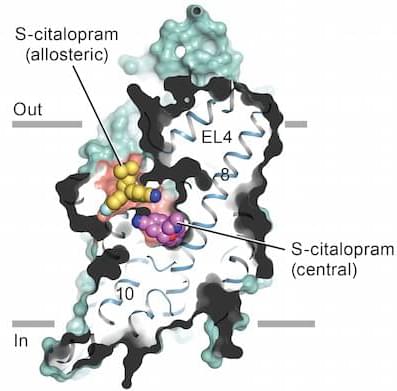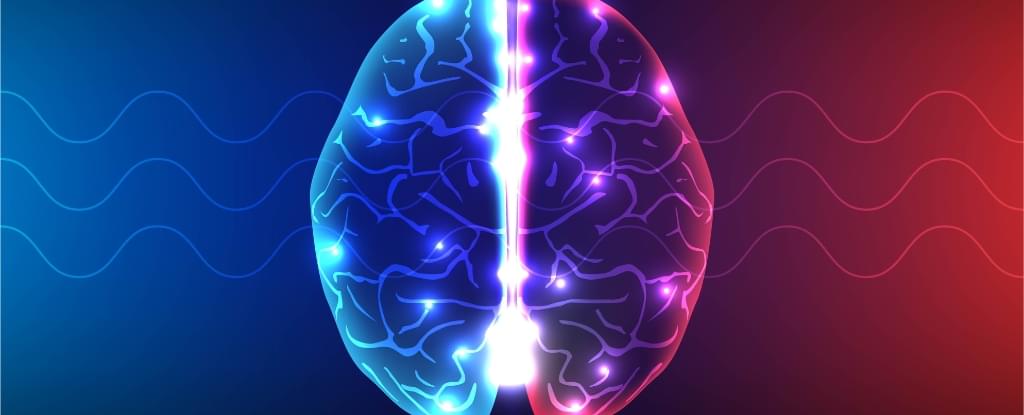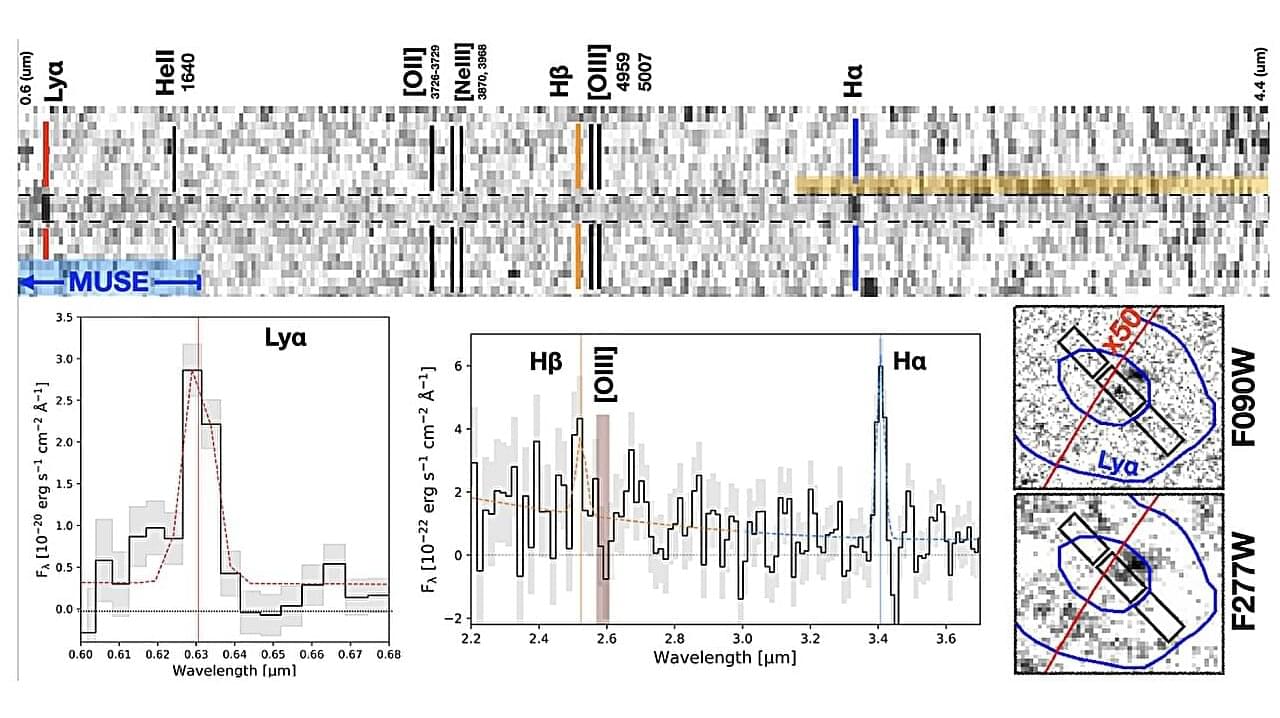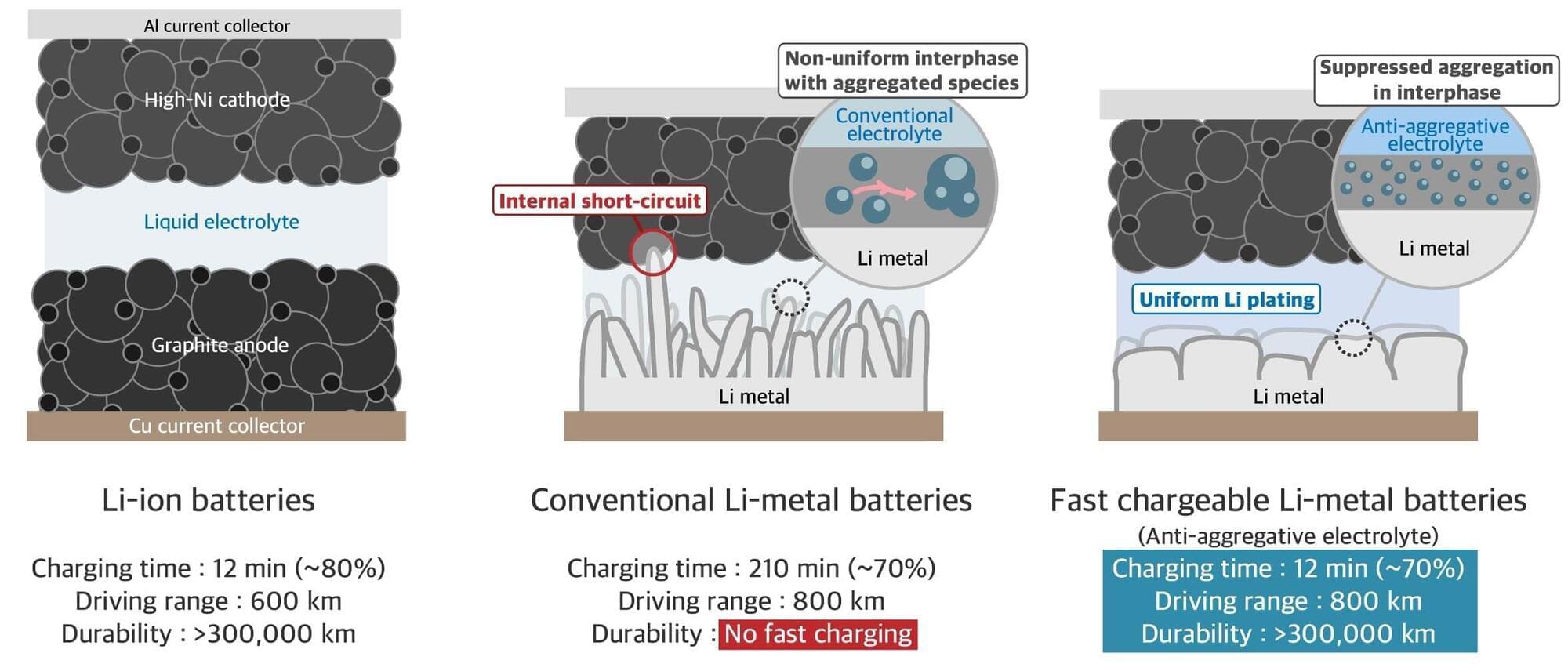The pressing need for clean and affordable drinking water is intensifying as global populations rise and pollutants increasingly compromise available water sources. Traditional methods of water purification, while effective, are often insufficient to address the complex array of contaminants now present in water, including microorganisms, organic compounds, and heavy metals. Over the past four decades, significant breakthroughs in water and wastewater treatment have been achieved through the application of nanotechnology, particularly in the development of nanomaterials and nanomembranes. These science and technology advancements have revolutionized membrane-based water and wastewater treatment, offering new levels of efficiency and precision in removing a wide range of pollutants.
This Collection aims to advance our understanding of membrane-based water and wastewater treatment, underlining the challenges and opportunities within this rapidly evolving field, e.g., the limitations of conventional ultrafiltration and microfiltration membrane systems, such as their reduced effectiveness in removing certain trace organic compounds (TrOCs) and the persistent issues of membrane fouling and salinity build-up. The Collection seeks to explore innovative solutions, e.g., high-retention membrane bioreactors (HR-MBRs) and advanced pre-treatment options like advanced oxidation processes (AOPs), which have the potential to significantly improve the effectiveness and sustainability of water and wastewater treatment processes.
Moreover, the Collection emphasizes the importance of developing sustainable materials, such as biopolymers, which can replace traditional synthetic polymers in membrane fabrication. While these materials offer eco-friendly alternatives with unique adsorption properties, their performance can vary based on source and processing methods, presenting challenges in terms of durability and scalability. The Collection also aims to showcase advancements in PVDF-based membranes, which are gaining popularity due to their superior mechanical and chemical properties, and to examine the integration of these materials in innovative membrane technologies, e.g., membrane distillation (MD) and hybrid systems.






